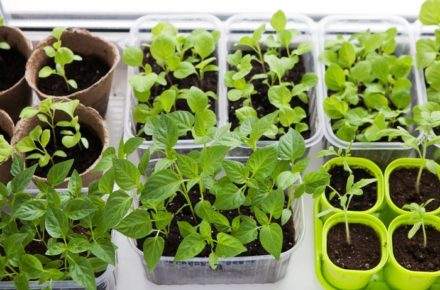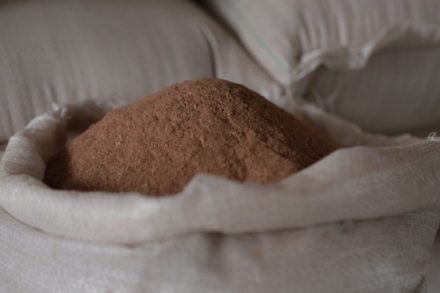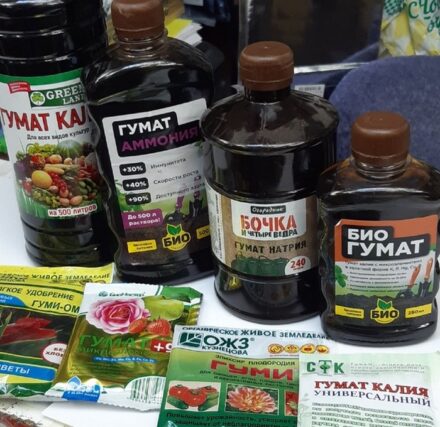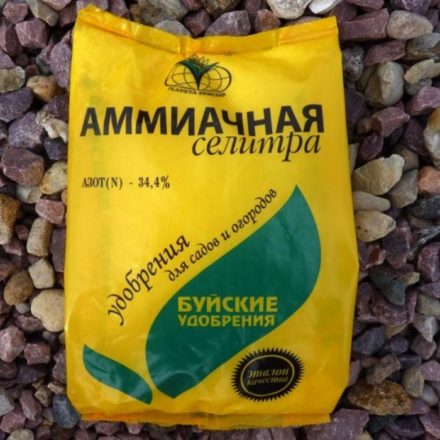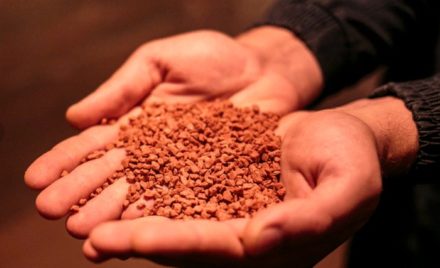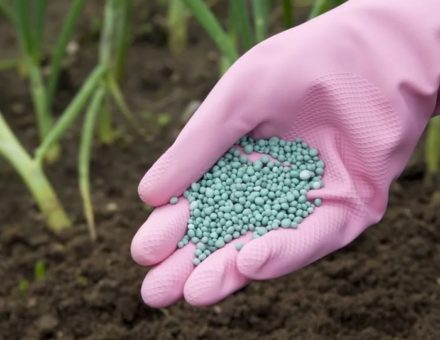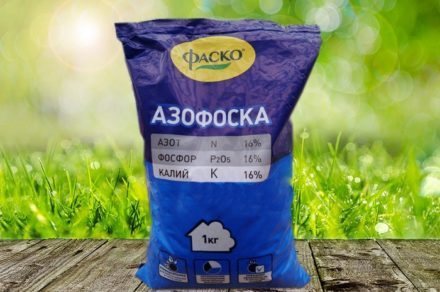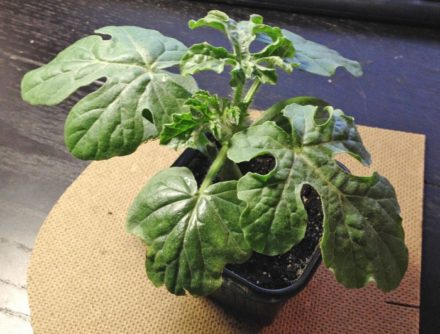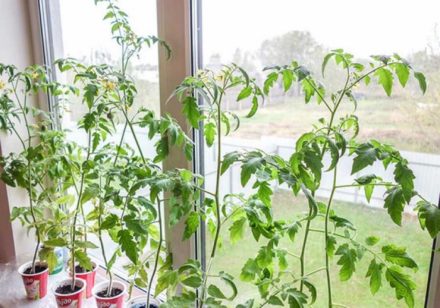Spring is coming, which means you need to think about how to grow strong and healthy seedlings. People with experience know that it is impossible to do without the help of fertilizers. In recent years, gardeners have resorted less and less to chemical fertilizers and are increasingly using organic fertilizers. Sapropel is one of them. But in order for this wonderful fertilizer to be beneficial, you need to know the rules for its use.
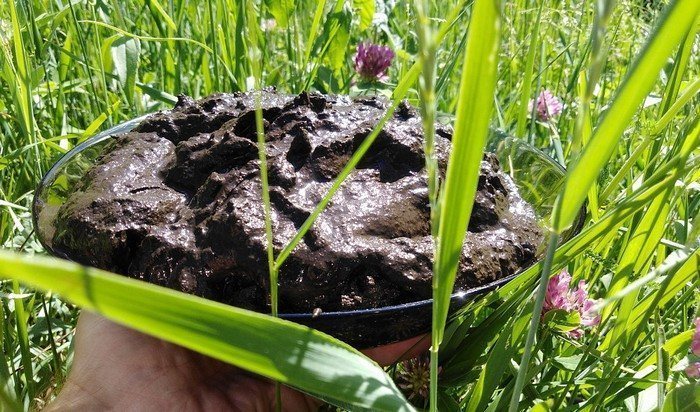
Sapropel - what is it
At the bottom of freshwater stagnant reservoirs, the remains of aquatic plants, mineral particles and soil, plankton, and living organisms decomposed and rotted for years, forming layers of “rotting mud.” This safe, environmentally friendly mixture is considered the best organic fertilizer and is called sapropel. The most valuable is sapropel, which is mined from a depth of 2 to 8 meters. The highest quality mixture is found in stagnant lakes and reservoirs with a large number of crustaceans and rich vegetation.
Fertilizer is a sticky black mass of uniform consistency. After drying, it becomes hard and acquires a gray or black color.
Sapropel is not used in its pure form.Its use is possible only through several stages of processing: drying, freezing, forming granules, evaporation, and then grinding.
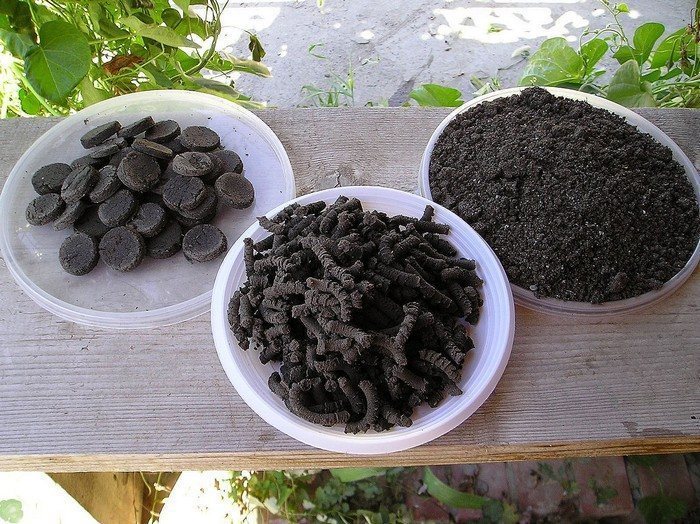
Composition and beneficial properties
Possessing a rich mineral composition, sapropel is valued for its beneficial properties:
- helps increase productivity;
- actively develops the root system of seedlings;
- increases the survival rate of seedlings;
- fully nourishes plants.
As for the composition of the substrate, the following properties can be distinguished:
- increases the percentage of humus;
- restores the fertility of depleted areas;
- promotes moisture retention;
- improves soil structure;
- destroys negative microflora, thereby neutralizing the effects of nitrates;
- promotes soil restoration.
Using sapropel for seedlings
This fertilizer can and is recommended to be used at all stages of development of many plants. For different stages, different forms of release of this amazing organic fertilizer are used.
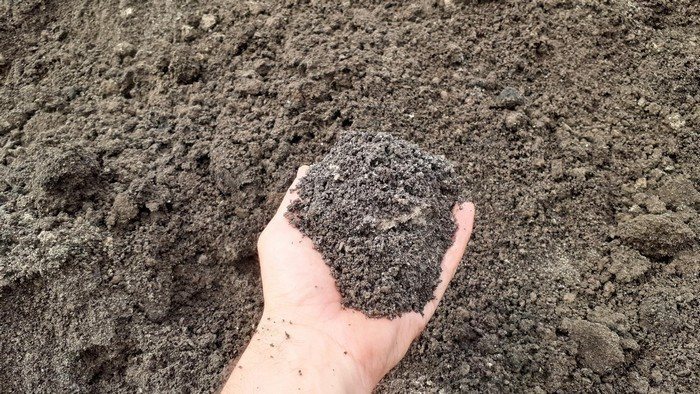
For vegetable crops
To grow healthy and strong seedlings of these crops, sapropel is added to the substrate, which you can prepare yourself from the following ingredients:
- 2 parts of garden soil;
- 1.2 parts of coarse river sand;
- 1 part sapropel.
If vegetable crops are sown directly into the soil, then before sowing, a substance is added to the substrate and dug up.
Berry crops
In addition to the fact that sapropel is added to the soil in which it is planned to grow seedlings, it must be added in the fall to the area where permanent planting of berry crops is planned. It is applied at the rate of 5-6 liters of sapropel in the form of ash per 1 m2.
This application helps improve the structure of the soil and increase the quantity and quality of berries.
Blooming crops
For growing seedlings of flowering plants, the substrate is composed of:
- two parts of land;
- four parts sand;
- three parts of sapropel.
In addition, before planting seeds or bulbs for seedlings, it is recommended to soak them in a liquid composition of 1 liter of water and 40-50 ml of sapropel in the form of a paste. This procedure will accelerate the growth of plants and nourish them with microelements necessary for proper development.
In specialized stores you can always purchase a universal substrate that contains sapropel.
Despite the fact that this fertilizer is quite expensive, its unique properties and beneficial qualities justify all the costs. If the soil on your site requires special attention, you should consider using this particular substance.



